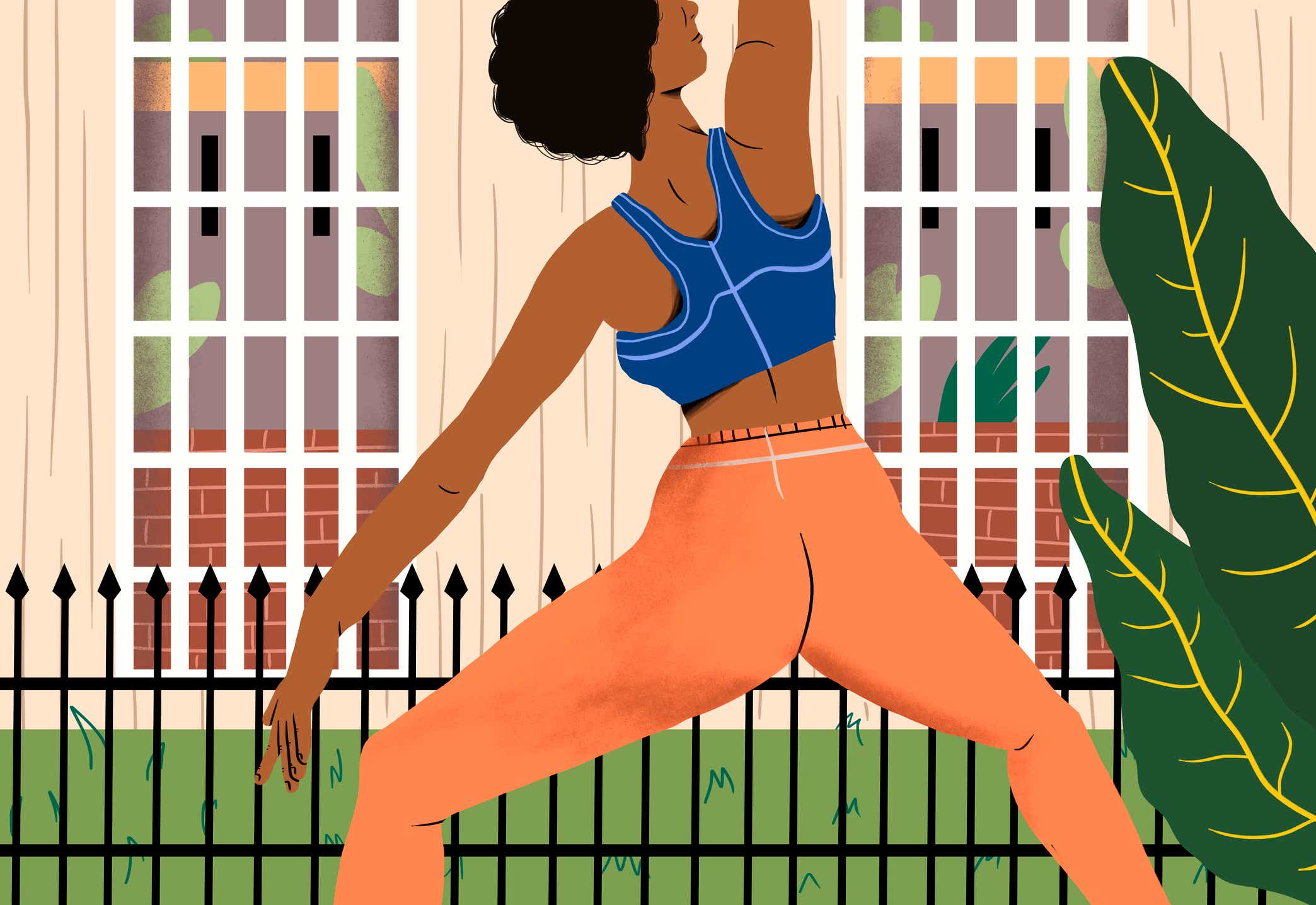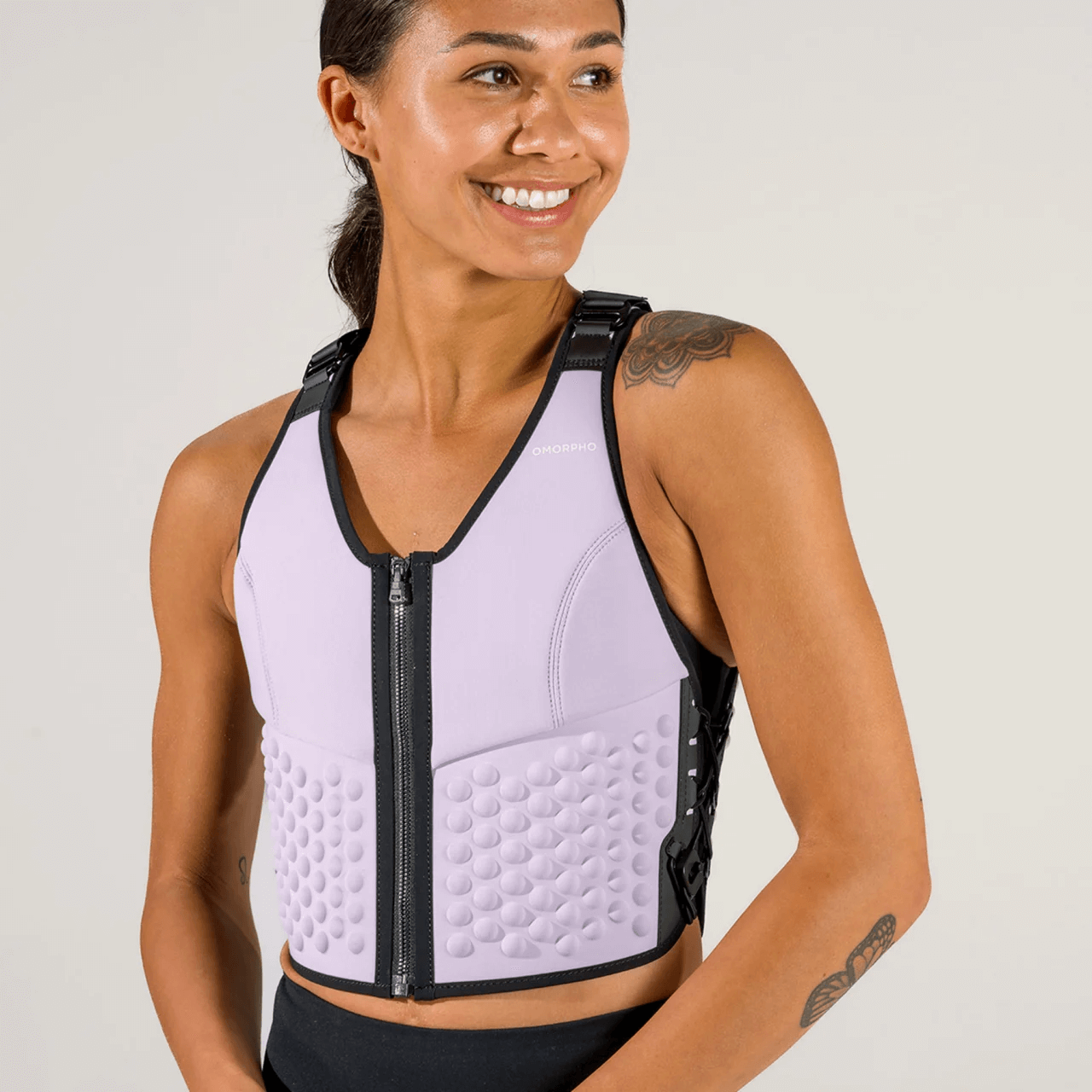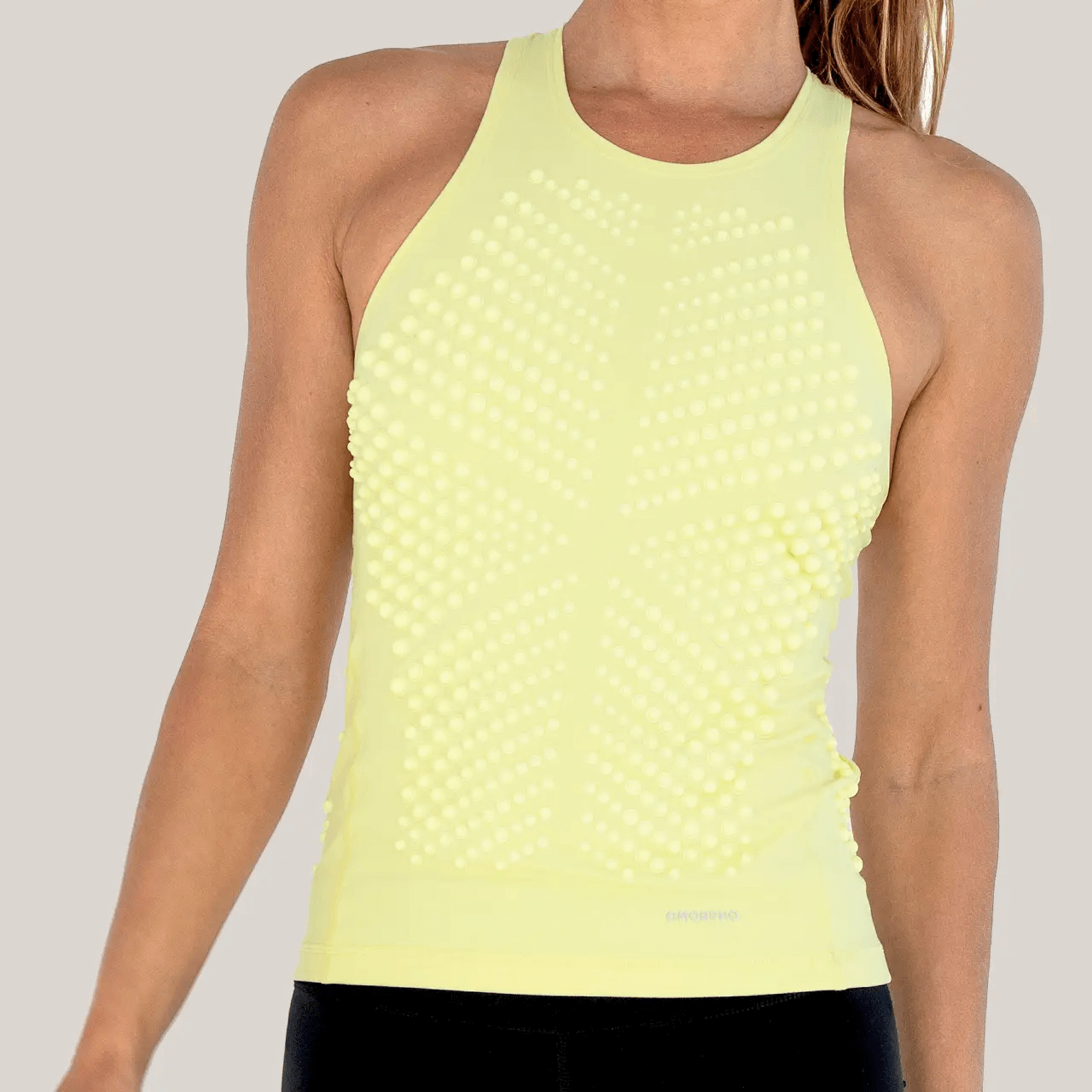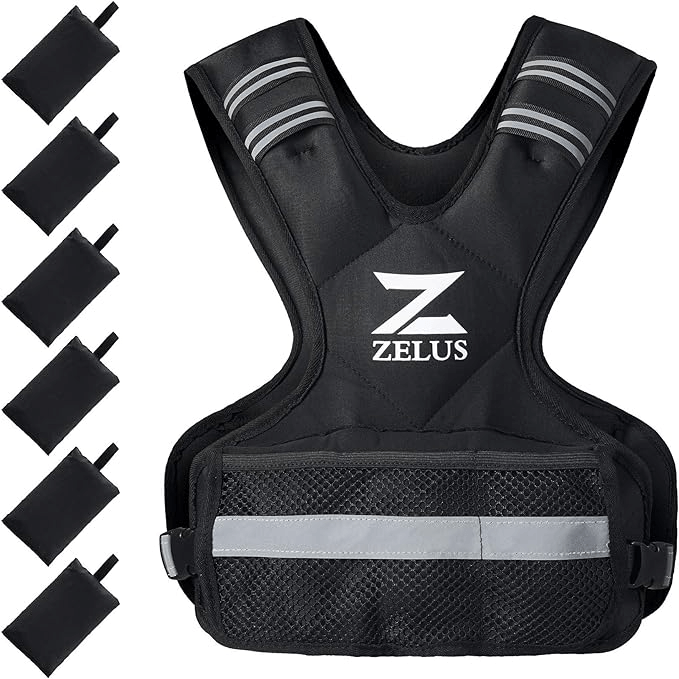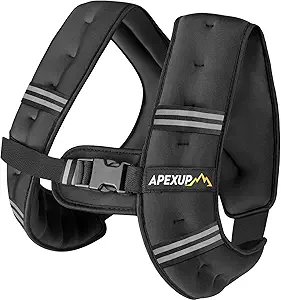When you think of wearing a weighted vest, the first thing that comes to mind may be a military-grade workout mechanism or an exercise in training for a rigorous backpacking trip. But what if we told you it can actually be used as a rather low-impact tool to improve your muscle mass and bone density?
Similar to the benefits of traditional weight training in a gym, donning a weighted vest during a morning walk or while on the treadmill increases the load on your body in a good way. As long as you’re not carrying so much weight to the point of injury, sustained resistance training will improve your muscle mass and help increase bone density, which can enhance your overall stability and decrease your risk of falling as you age.
It’s not as simple as throwing on any old vest with some heft and hitting the road, though. We talked to Katie’s personal Pilates trainer, Ashley Patten, about the best ways to incorporate weighted vests into your daily routine, how to find one that works for you, and how to wear it properly.
What are the benefits of wearing a weighted vest?
By adding a load to your core, instead of your ankles or wrists, multiple muscle groups are engaged. Your abdominals, hips, and legs all work together to bear the extra weight of a vest.
“Across the board, studies show improvement in hip strength and hip bone density [for those who wear weighted vests]. Stronger hips mean better balance, and better balance means fewer chances of falling,” Patten says.
Studies have found that those who wear weighted vests regularly do improve their muscle mass and bone density over time, especially in the hips, and are less likely to fall as their strength and balance improve, too.
Why should you wear a weighted vest?
According to Patten, adding a weighted vest to exercises you already do, like walking or hiking, is an easy way to get more out of your daily routines.
“The reality is that we’re all busy, and maybe lifting heavy weights or going to the gym isn’t your favorite thing, or you just can’t seem to fit it in,” she says. “Wearing a weighted vest is accessible as it allows you to incorporate the strain our muscles and bones need to gain strength and density — which we all tend to lose as we age — into almost any activity.”
While you could opt for wrist or ankle weights, they don’t work your body in the same way. “A vest creates even weight across the torso, making your whole body carry more weight and making your heart work a little bit harder.”
How do you pick what weighted vest is right for you?
Patten suggests starting small to ensure you get used to the added weight. “Studies recommend that you start with a vest equal to five percent of your body weight,” Patten says. You can also ask your doctor what weight they would advise you to try. Once you’re comfortable, you can increase the weight by 1 to 2 percent every few weeks. Patten recommends stopping at 10 percent of your body weight.
“Be mindful of how your body is responding to the weight,” she says. “You should feel strong and empowered, not strained or in pain!” After your first time wearing a weighted vest, Patten says it’s normal to feel a bit sore, but you shouldn’t be in agony.
Vests come in a variety of styles, some are like backpacks and carry weight in the back, and others distribute the weight in the front and back. Picking a style depends on your preferences and mobility level.
“If you have any neck or shoulder issues, picking a vest that goes on like a backpack would be a better choice than one that goes over your head,” Patten says, as it would be easier than having to lift the weight above you to put it on. If you have specific concerns, speak with your medical provider.
How to wear a weighted vest
Despite being a rather simple addition to any routine, it requires a bit more thought than throwing on your trusted puffer vest before a crisp fall walk. After calculating the right weight for you, you must ensure your posture is correct — even for walking on a flat road.
“When putting one on, have your feet hips width apart and knees slightly bent, and engage your abdominals so you feel supported,” Patten says.
“You want your head over your shoulders, shoulders over ribs, ribs over hips, and hips over feet, all in a straight line,” she explains. “Engaging your abdominals will help maintain this posture.” Check your posture in a mirror to ensure your spine is aligned with the vest on.
Feel like you’re slumping forward or being pulled back by the weight? It could be that your vest is too heavy. Try removing some weight and seeing how that feels, Patten suggests.
Ready to add this new tool to your exercise routine? Here are some that Patten recommends.
Best Weighted Vests
OMORPHO 5-Pound Weighted Vest
OMORPHO
“This is the one I have and love,” she says. “It looks good, and it’s comfortable to move and work out in.” It’s extremely adjustable, making it great for different body shapes and sizes, too. You can adjust the shoulder straps and sides to cinch the vest, which will hold it in place while you exercise. It also comes in six different colors, so you can match your personal aesthetic.
OMORPHO Weighted Tank Top
OMORPHO
Want to start slow or just prefer something other than a vest? OMORPHO also offers weighted clothing, like this one-pound tank top, that you can wear while running errands or at the gym. The best part? It’s machine-washable, so you can get it sweaty without having to worry about how to get it clean afterward.
ZELUS Adjustable Weighted Vest
Amazon
One downside of buying a vest in a certain weight is that there’s not a ton of room for customization. This vest actually has an option to add or remove weight as you go, so you can start small and work your way up. There are several mesh pockets on the front and back, which are meant to hold small sachets of iron sand that weigh 1.5 pounds each — but you could also use them to hold your phone or keys. Do know that this vest weighs 11 pounds on its own without the additional weights, so you may want to consider something lighter to start.
APEXUP Weighted Vest
Amazon
If you prefer a backpack-style vest, this is the one Patten recommends. “It’s less bulky on your body, but the weight is still evenly distributed,” she says. You do, however, have to pick one weight and stick with it, as there isn’t an option to add or remove weight with this style.







